Tree expert Barry Gush recommends seven of the best trees chosen for specific attributes or to fit in certain spaces
Every tree offers something unique,” says Barry Gush of Sun Gardens, Jo’burg. “We have a wonderful heritage of indigenous trees, but there’s naturally room for specific exotic species that will add value to any garden layout.”
BEST FOR CREATING A FOCAL POINT
LAGERSTROEMIA INDICA (CRAPE MYRTLE)
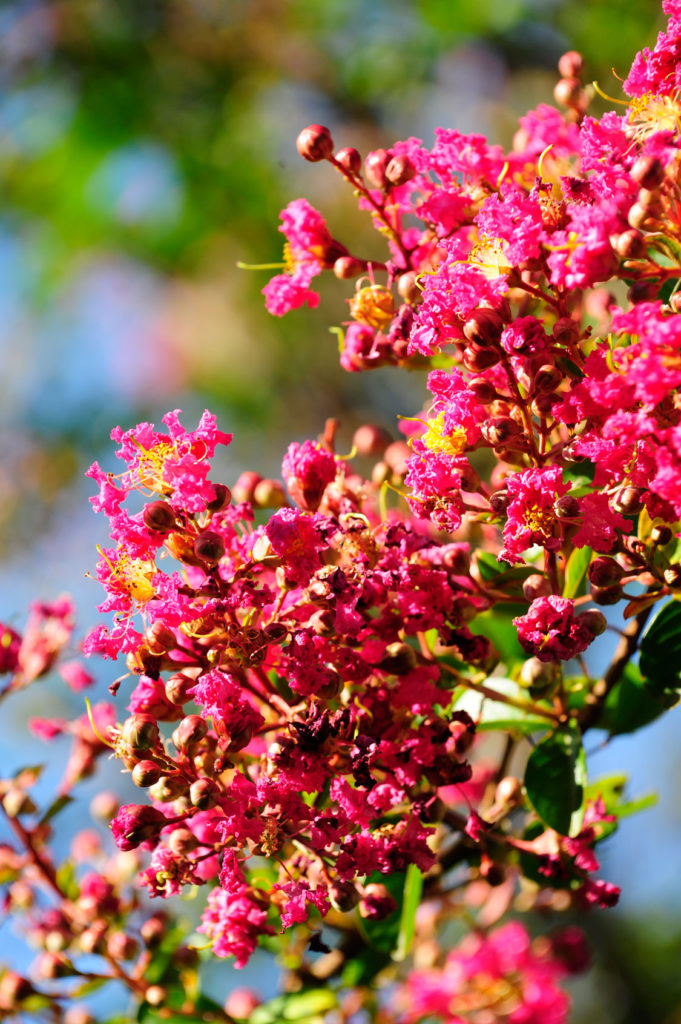
Originating in China and Korea, Crape Myrtles are understated trees that please the senses with their shape, form and sensuous summer blooms. Their colourful, long-lasting flowers range from white and pink to mauve, purple or carmine. They’re upright trees that can be single or multi-stemmed. The bark is prominent; smooth with a pinkish grey-polished aura, it peels in early summer to expose creamy new bark. The autumn foliage is attractive and in winter when they lose their leaves, these deciduous trees are transformed into living sculptures. They grow 5–7m high with a crown spread of 4–5m.
BEST FOR FOR INTERESTING BARK
HETEROPYXIS NATALENSIS (LAVENDER TREE)
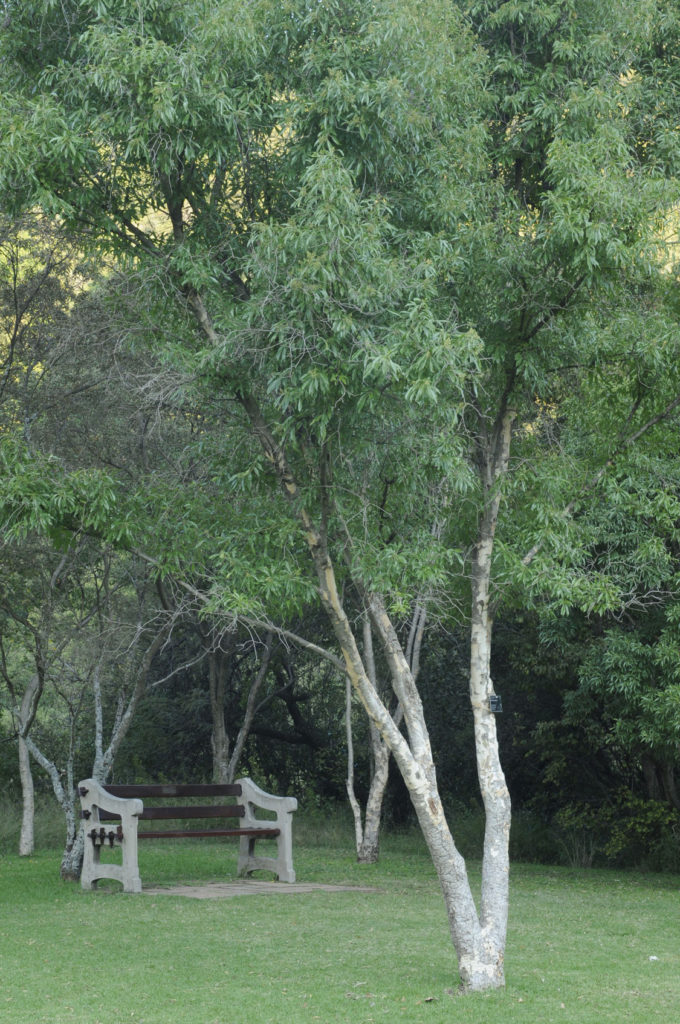
Though it’s named for the sweet floral smell that arises when its leaves and twigs are crushed, the distinctive bark of this small, semi-deciduous/semi-evergreen tree is its star attraction. Initially the bark is smooth and pale in tawny silvery hues with darker grey patches and a papery grain. As the tree matures, the bark develops a rich texture and flakes off in large scales, leaving craggy apricot coloured patches and providing shelter for a myriad tiny insects and ants.
In summer the drooping foliage is shiny dark green on top and paler light green below and sweetly scented yellowish green flowers decorate the branches. The leaves turn beautiful colours at the onset of the cold in autumn. It can grow up to 4–6m in height with a neat crown spread of 3–4m wide; it’s cold hardy (except when young) and drought resistant.
BEST FOR SHADE
CELTIS AFRICANA (WHITE STINKWOOD)
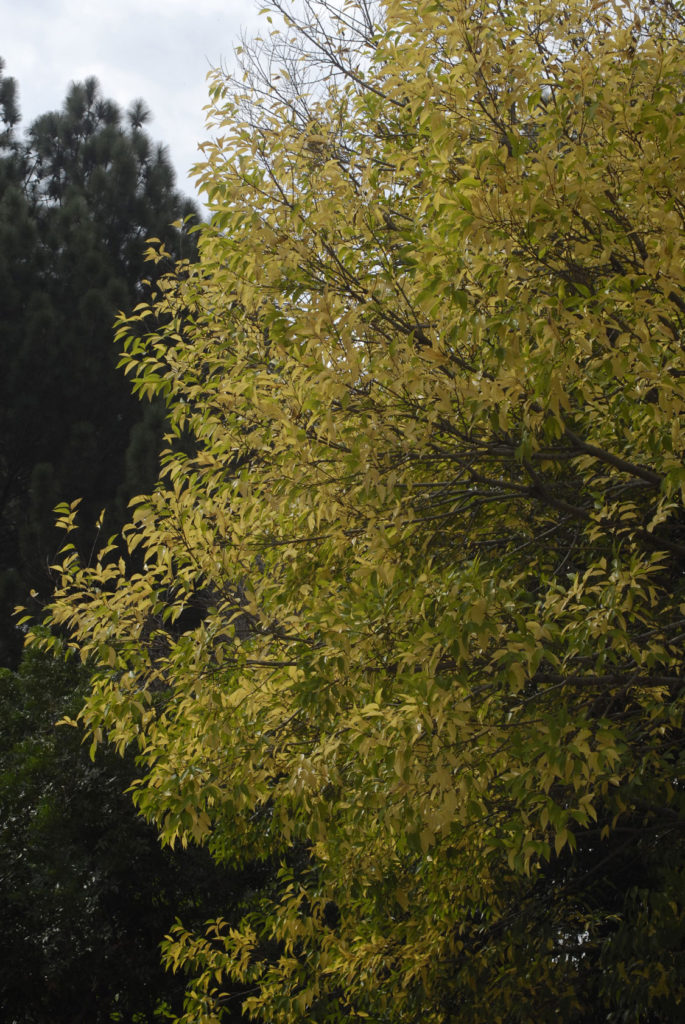
Frost and drought resistant, the noble White Stinkwood can be seen lining many streets and parks in our towns. It’s not related to the true stinkwood, but was named for its light coloured wood and the unpleasant smell when its branches are cut.
This high branching tree has smooth bark making it a wonderful climbing tree for children. It usually reaches 12m in height with a fine, dense broad crown of summer leaves that easily spreads up to 10m wide. The epitome of a four seasons tree it provides ample shade on hot summer afternoons, but allows light and warmth to filter through during the cool winter months. In spring the tender green leaves interplay beautifully with the pale grey to dirty white bark of the trunk. Golden autumn colours make way for a winter skeletal outline that has a stark beauty of its own.
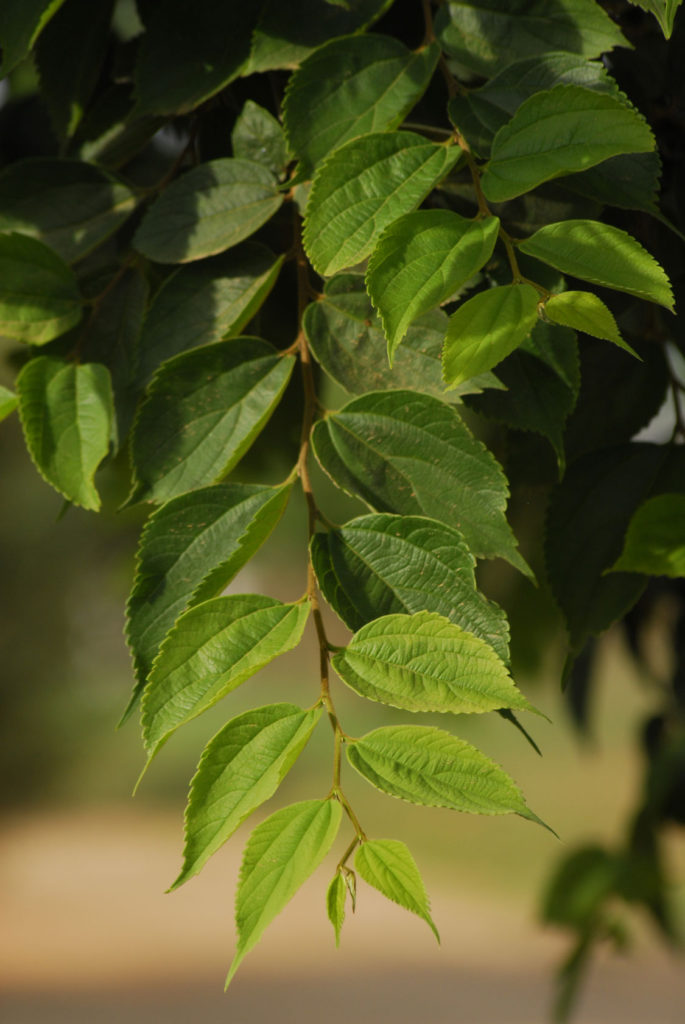
BEST FOR SMALL SPACES
DOVYALIS CAFFRA (KEI-APPLE)
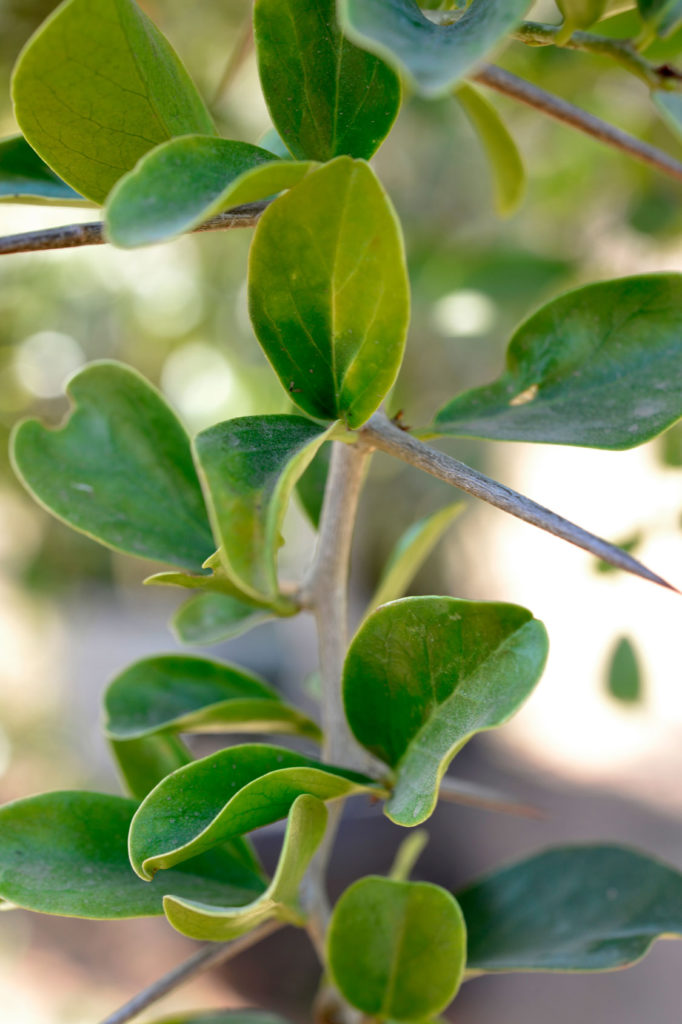
This indigenous tree derives its name from the Kei River in the Eastern Cape where the yellow, apricot-sized fruit were long used by the area’s native inhabitants. It’s a slow-growing, evergreen tree that’s drought and cold resistant and will grow both inland and in coastal areas.
Reaching a height of 3–5m with a non-aggressive root system, the Kei-apple is an extremely versatile all-rounder that lends itself to many applications: it can planted on its own, in a border or as a screen. It can be pruned to create a compact neat shape which makes it ideal for confined areas, container planting or as a bonsai. The foliage is dense and the branches have long thorns which provide protection for nesting birds; these also make it a good choice for a security hedge. In summer the velvety fruit attracts animals, birds and insects alike.
BEST FOR YEAR-ROUND INTEREST
ERYTHRINA LYSISTEMON (COMMON CORAL TREE)
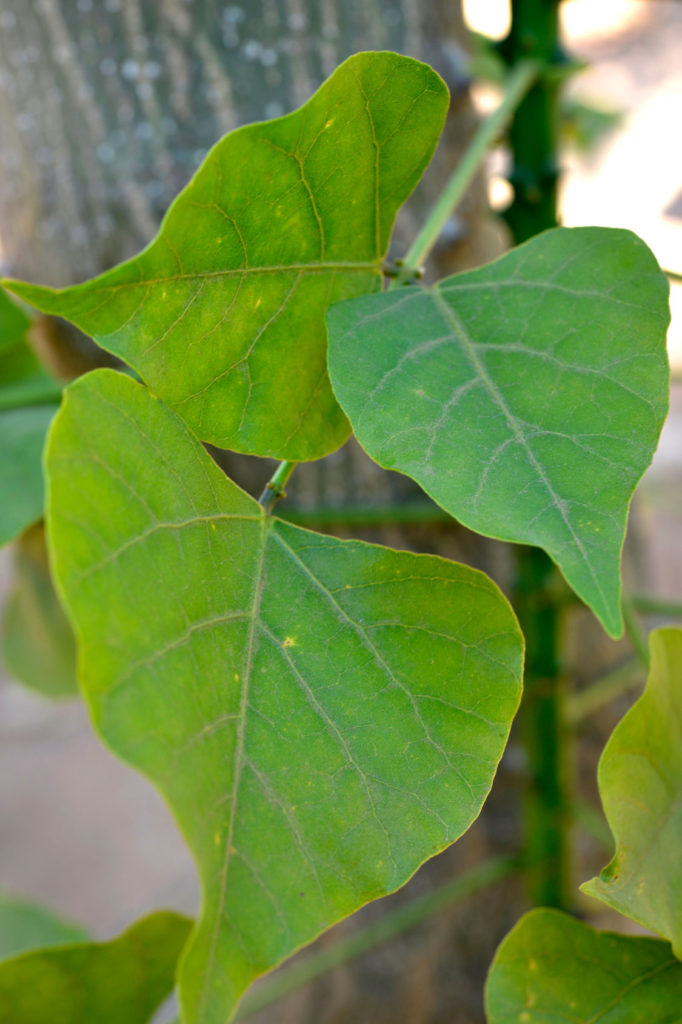
Growing 6-8m high, this deciduous tree is one of the showiest in the world. The thick trunk has pale green-grey grooves and spiny prickles and the crown is sparse and spreading. It sheds its attractive autumn foliage to reveal a bare skeleton before striking scarlet flowers cover the branches during winter and early spring. In October, the leaves start budding and during summer this provides useful shade. The seed pods are black and split open while still on the tree to reveal the bright red ‘lucky bean’ seeds within. This tree has an aggressive root system and so should be planted well away from pools and walls.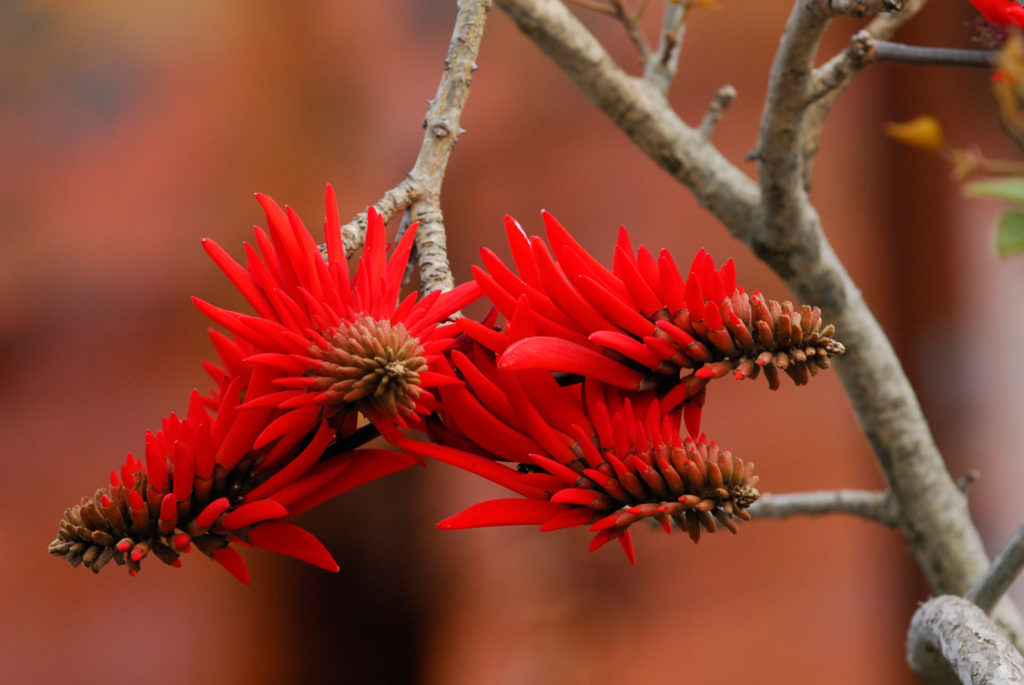
BEST FOR SCREENING
GALPINIA TRANSVAALICA (WILD PRIDE OF INDIA)
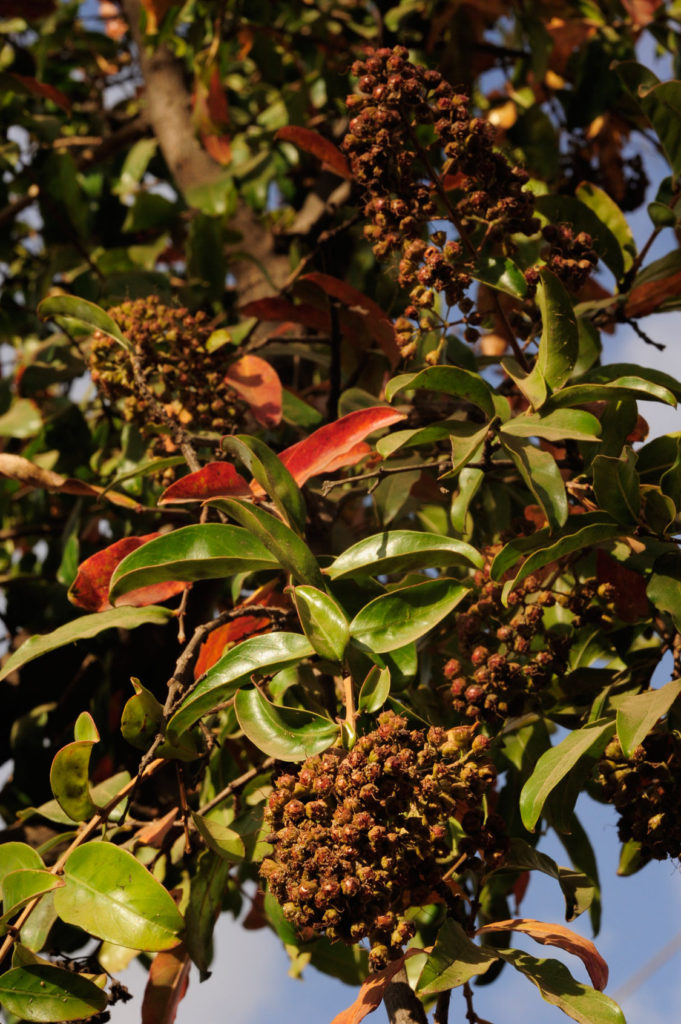
This fast-growing, evergreen tree can be successfully pruned or trained into a hedge. The crooked stem and low-lying branches form a natural barrier and its small, non-aggressive root system means that it can be planted relatively close to walls or paved areas to form a dense screen.
The glossy, dark green leaves are wavy and wax-like. In spring the old leaves turn bright red before falling and new leaves with a coppery tint emerge – the result is a festival of spring colour from deep crimson to bright green. The tree produces trusses of creamy white flowers in summer and masses of red berries in autumn attracting birds and butterflies. It’s resistant to light frost and drought tolerant.
BEST FOR NEXT TO A POOL OR HOUSE
PORTULACARIA AFRA (PORKBUSH)
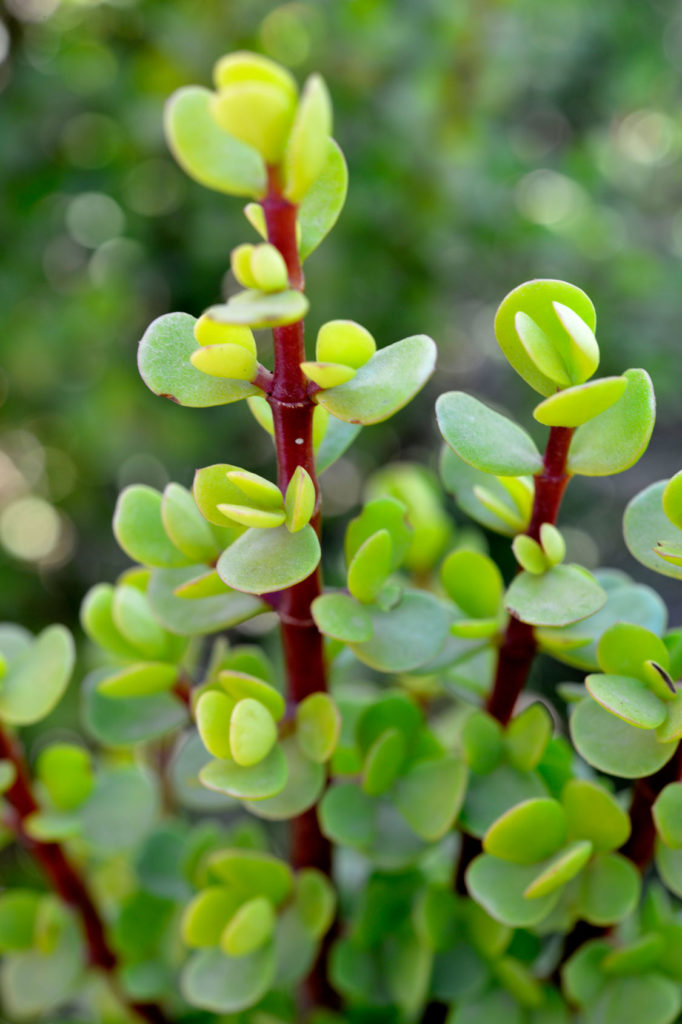
Also known as ‘Elephant’s Food’, ‘Spekboom’ or ‘Small-leaf Jade’, the Porkbush is an attractive succulent plant that’s indigenous to southern Africa. Its small egg-shaped leaves grow on reddish brown branches and tiny star-shaped pink flowers appear from late winter to spring. The Porkbush is a truly ‘green’ tree in that it removes carbon dioxide from the atmosphere, acting like a carbon sponge.
It’s very easy to grow and can tolerate both drought and wet conditions. It normally reaches a height of 1,5–2m in a garden setting and has a small non-invasive root system which makes it ideal for planting next to a pool or a boundary wall. Its compact conformation also makes it perfect for accent planting and containers; it’s an excellent bonsai tree and is great for hedges.
